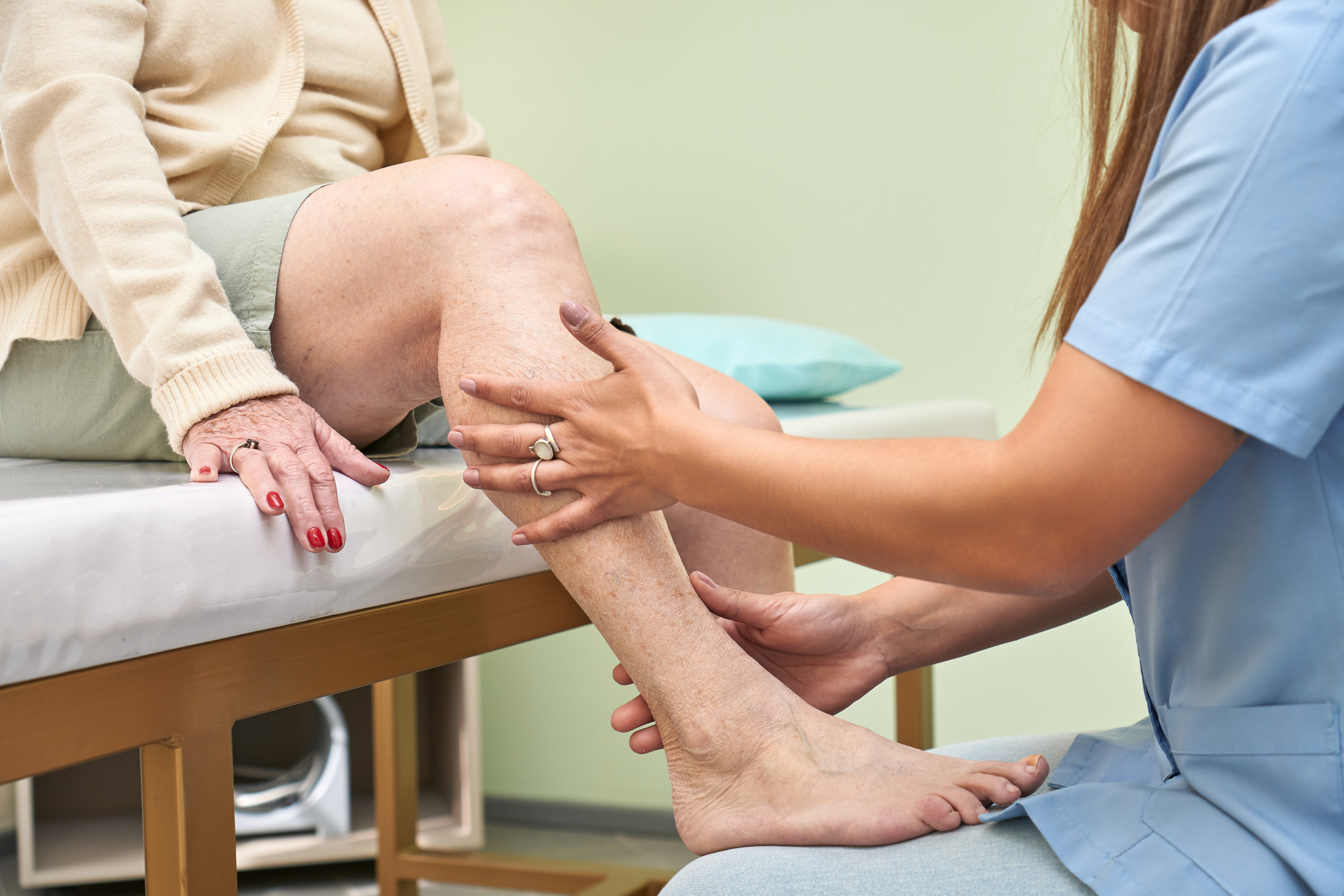20 Essential Symptoms and Effective Remedies for Peripheral Vascular Disease
3. Changes in Skin Color and Temperature

A noticeable change in skin color or temperature in the affected limb can be a significant indicator of PVD. Individuals may observe that their skin appears pale or bluish, or feels cooler to the touch compared to other areas of the body. These changes occur due to inadequate blood supply, which affects the skin's appearance and temperature regulation. Monitoring these changes can provide valuable insights into the progression of the disease. Promptly addressing these signs through medical consultation can prevent further deterioration and promote better vascular health.
4. Weak or Absent Pulse in the Limbs

A weak or absent pulse in the limbs is a critical warning sign of PVD. This symptom is indicative of reduced blood flow and can be detected through a physical examination by a healthcare professional. The absence of a strong pulse in the legs or arms suggests that the arteries are significantly narrowed or blocked. Recognizing this symptom is essential for diagnosing the severity of the condition. Early detection through pulse examination can lead to timely intervention, potentially preventing severe complications such as tissue damage or limb loss.
